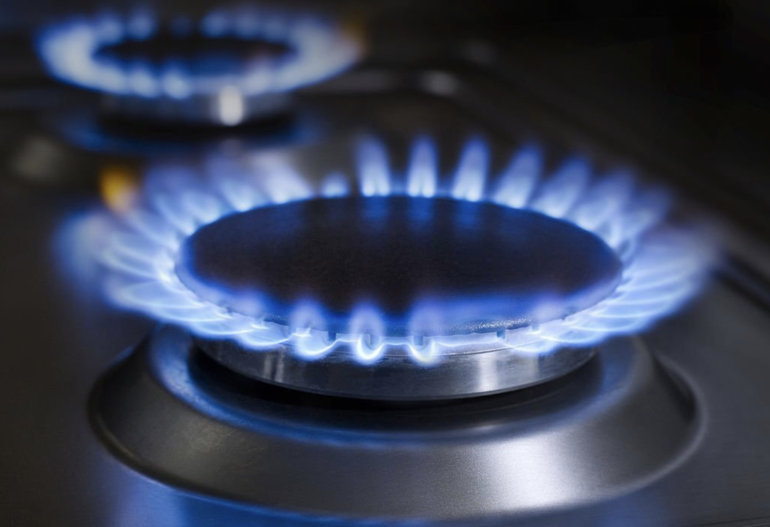Bangladesh is a country located in South Asia with a population of over 160 million people. Like many other developing countries, Bangladesh has been facing challenges in meeting its energy needs. The country relies heavily on fossil fuels, mainly natural gas, to generate electricity and power industries. In this blog post, we will explore the Bangladesh gas energy landscape, including the challenges it faces and the efforts being made to transition to a more sustainable energy future.
Natural Gas in Bangladesh
Natural gas is the most important primary energy source in Bangladesh, accounting for over 70% of the country’s energy consumption. The country has proven gas reserves of around 14 trillion cubic feet, which is expected to last for another two decades at the current rate of production. The gas is mainly used to generate electricity and power industries such as fertilizers, cement, and textiles.
Challenges
Despite its reliance on natural gas, Bangladesh faces several challenges in meeting its energy needs. The first challenge is the limited availability of natural gas, which is expected to run out in the next two decades. This has led to power shortages and load shedding, which has a significant impact on the country’s economic growth. The second challenge is the increasing demand for energy due to population growth and economic development. The current energy supply is insufficient to meet the country’s needs, which has led to an over-reliance on imported oil and coal.
Transition to Sustainable Energy
To address these challenges, Bangladesh is working to transition to a more sustainable energy future. The government has set a target of generating 10% of the country’s electricity from renewable sources by 2021 and 15% by 2025. The government has also introduced policies and incentives to promote renewable energy, including solar, wind, and biomass.
Solar Energy
Solar energy is one of the most promising renewable energy sources in Bangladesh due to the country’s abundant sunshine. The government has set a target of generating 40% of the country’s electricity from solar power by 2041. The country has already made significant progress towards achieving this target, with the installation of over 5 million solar home systems and the construction of large-scale solar power plants.
Wind Energy
Wind energy is another promising renewable energy source in Bangladesh, particularly in coastal areas where there is a steady sea breeze. The country has a wind potential of over 20,000 MW, but currently, there are no large-scale wind projects in operation. However, the government has approved several wind power projects, which are expected to be operational in the near future.
Conclusion
In conclusion, Bangladesh is heavily reliant on natural gas to meet its energy needs, but this source is limited and expected to run out in the next two decades. The country is therefore working to transition to a more sustainable energy future, with a focus on renewable energy sources such as solar and wind power. The government’s efforts to promote renewable energy, coupled with the country’s abundant sunshine and wind potential, make Bangladesh well-positioned to become a leader in sustainable energy in the region.



